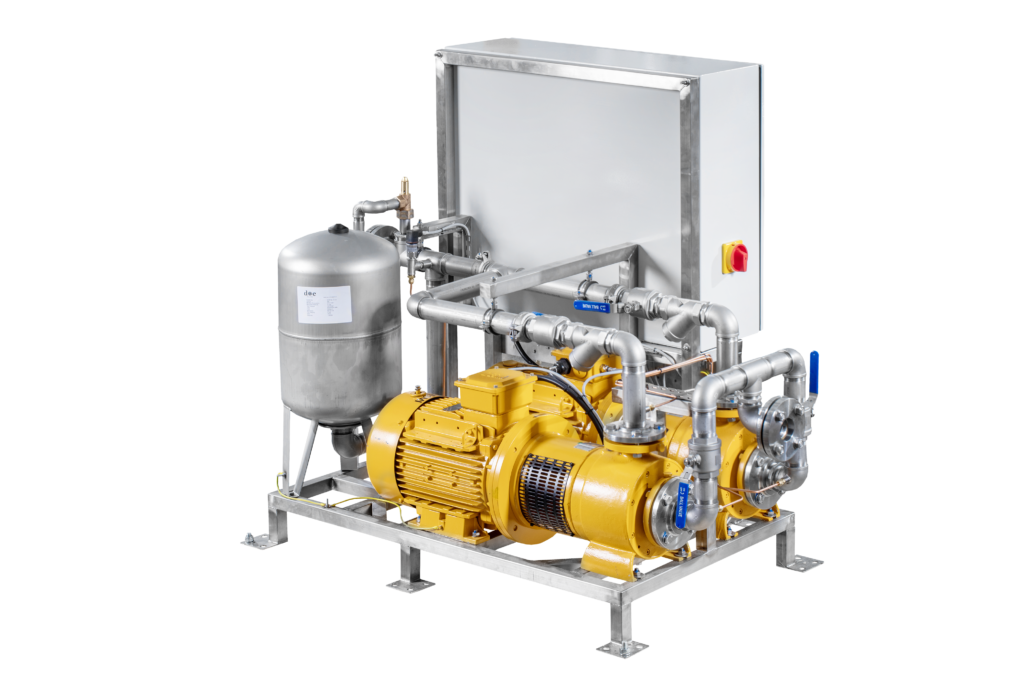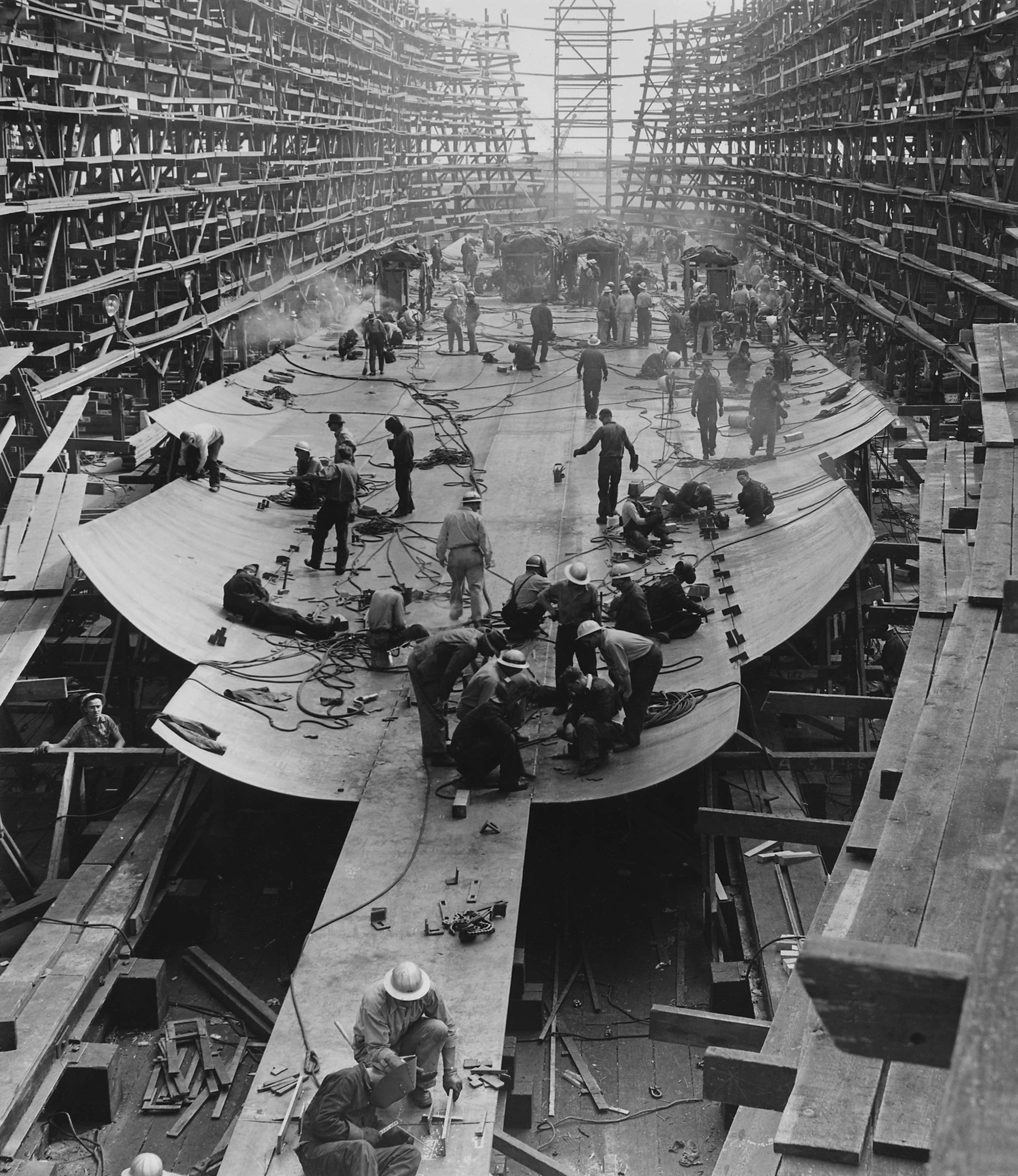Hydrophores are devices used for pressure building in water systems. They are often used in buildings with multiple floors or in areas with low water pressure.
The basic principle of a hydrophore is to use a pump to fill a tank with water, which is then used to supply water to the building or area. The tank acts as a buffer, allowing water to be supplied to the building at a constant pressure, even if the water supply from the mains is intermittent or low-pressure.
Hydrophores are typically equipped with a pressure switch that controls the operation of the pump. When the water pressure drops below a certain level, the switch activates the pump, which fills the tank with water until the desired pressure is reached. Once the pressure is restored, the pump turns off and the tank remains pressurized.
Hydrophores can be used in various water systems, including domestic, commercial, and industrial applications. They can also be used in conjunction with other water treatment technologies, such as reverse osmosis systems or water softeners.
One advantage of using a hydrophore is that it can help to reduce energy consumption by preventing the pump from operating continuously. Additionally, by maintaining a constant pressure in the water system, a hydrophore can help to reduce the risk of damage to pipes, fittings, and other components due to pressure fluctuations.
However, it is important to properly size and maintain a hydrophore to ensure optimal performance and avoid potential issues such as water hammer or tank rupture. Consulting with a professional plumber or engineer can help ensure that a hydrophore is properly designed and installed for a specific application.

